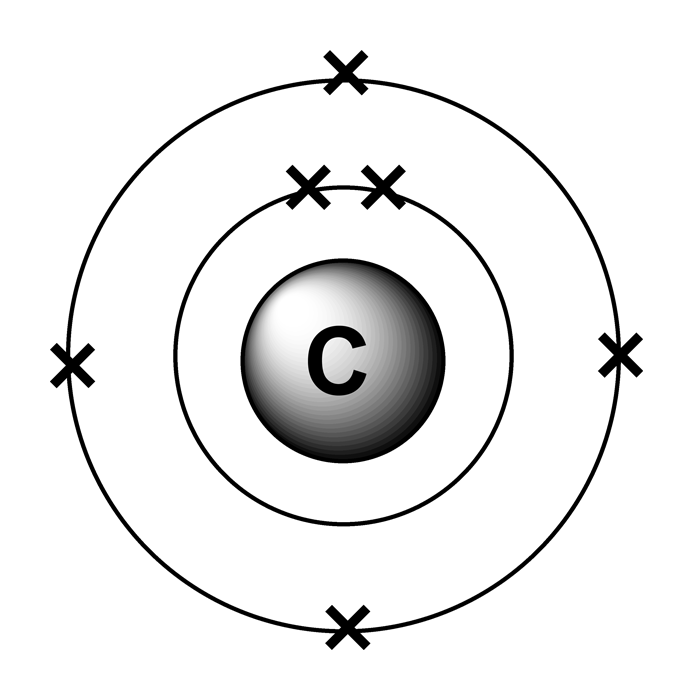
The unmixed pure p orbital will be perpendicular to this plane. The geometry that achieves this is trigonal planar geometry, where the bond angle between the hybrid orbitals is 120 o. The three sp 2 hybrid orbitals will arrange themselves in three dimensional space to get as far apart as possible. The s orbital and two of the p orbitals for each carbon have been mixed, thus the hybridization for each carbon is sp 2. In order to form three hybrid orbitals, three atomic orbitals have been mixed. This means three hybrid orbitals have formed for each carbon. The Lewis structure show three groups around each carbon atom. A hydrogen 1s orbital will come in and overlap with the hybrid orbital to form a sigma bond (head-on overlap), as shown below: The geometry that achieves this is tetrahedral geometry, where any bond angle is 109.5 o.Įach hybrid orbital contains 1 electron. The four sp 3 hybrid orbitals will arrange themselves in three dimensional space to get as far apart as possible (to minimize repulsion). Let's show this using the atomic orbitals of excited state carbon found in the valence shell: The s orbital and all three p orbitals have been mixed, thus the hybridization is sp 3. In order to form four hybrid orbitals, four atomic orbitals have been mixed. This means four hybrid orbitals have formed. The Lewis structure shows four groups around the carbon atom. Let's look at an example of each of the hybridizations of carbon.įor our first example, let's choose methane, CH 4. The description of the atomic orbitals mixed is equivalent to the hybridization of the carbon atom. The number of hybrid orbitals formed equals the number of atomic orbitals mixed.

The number of groups represents how many hybrid orbitals have formed. A group represents the regions of electron density around the carbon, and may be single, double or triple bonded. From the Lewis structure, count the number of groups around the central carbon. In order to determine the hybridization on a carbon atom, one must first draw the Lewis structure. Since both the 2s and the 2p subshells are half-filled, the excited state is relatively stable. The excited state configuration is shown below: By forming this excited state, carbon will be able to form four bonds. For this reason, carbon will form an excited state by promoting one of its 2s electrons into its empty 2p orbital and hybridize from the excited state. Recall that energy is released when bonds form, so it would be to carbon's benefit to try to maximize the number of bonds it can form. There are two unpaired electrons in the 2p subshell, so if carbon were to hybridize from this ground state, it would be able to form at most two bonds.

The 1s electrons are considered to be core electrons and are not available for bonding. Let's look at the electron configuration of ground state (lowest energy state) carbon:įrom the ground state electron configuration, one can see that carbon has four valence electrons, two in the 2s subshell and two in the 2p subshell. By looking at the electron configuration, one is able to identify these valence electrons. The valence shell electrons are found in the incomplete, outermost shell.

The hybridization of carbon involved in each of these bonds will be investigated in this handout.īonding in any element will take place with only the valence shell electrons.

Carbon may form single, double and triple bonds. This is largely due to the types of bonds it can form and the number of different elements it can join in bonding. It may form virtually an infinite number of compounds. The element, carbon, is one of the most versatile elements on the periodic table in terms of the number of compounds it may form.


 0 kommentar(er)
0 kommentar(er)
